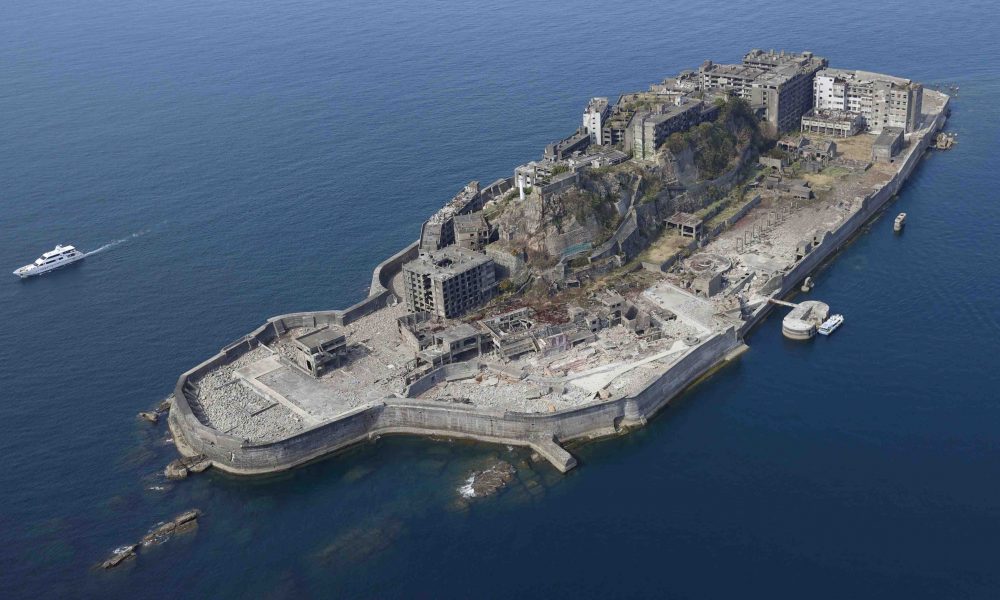
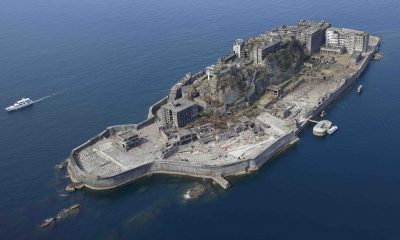

NHK is not proactively correcting South Korea for passing off its film footage as that of wartime labor, even if it was taken 10 years after...
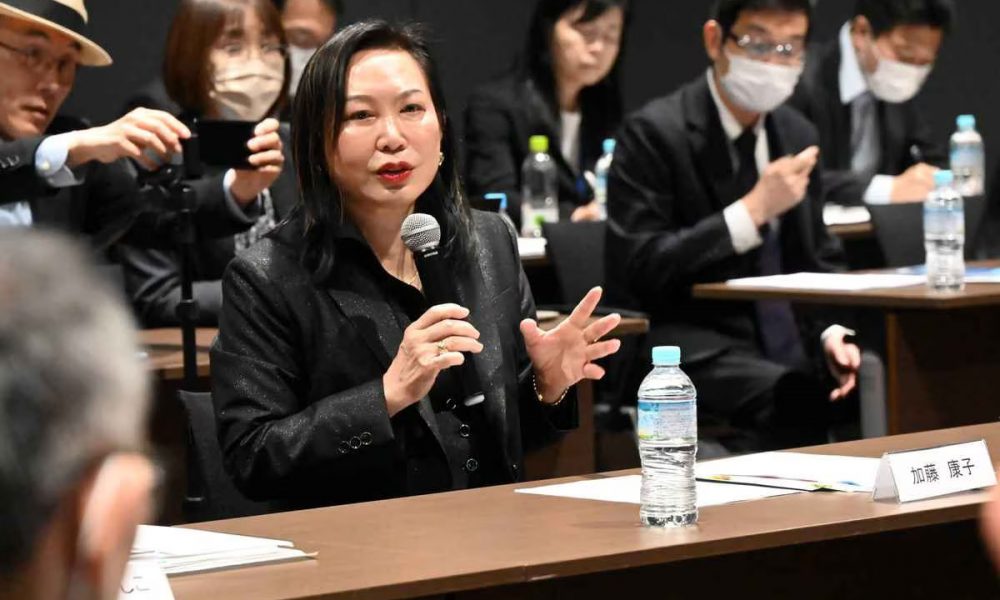
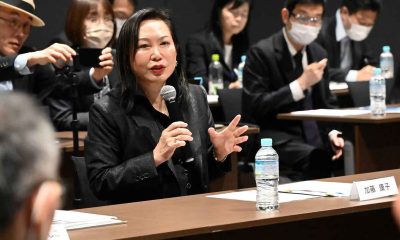

Experts and former miners have found discrepancies in alleged footage of Gunkanjima, used by some South Korean media to back wartime forced labor claims.
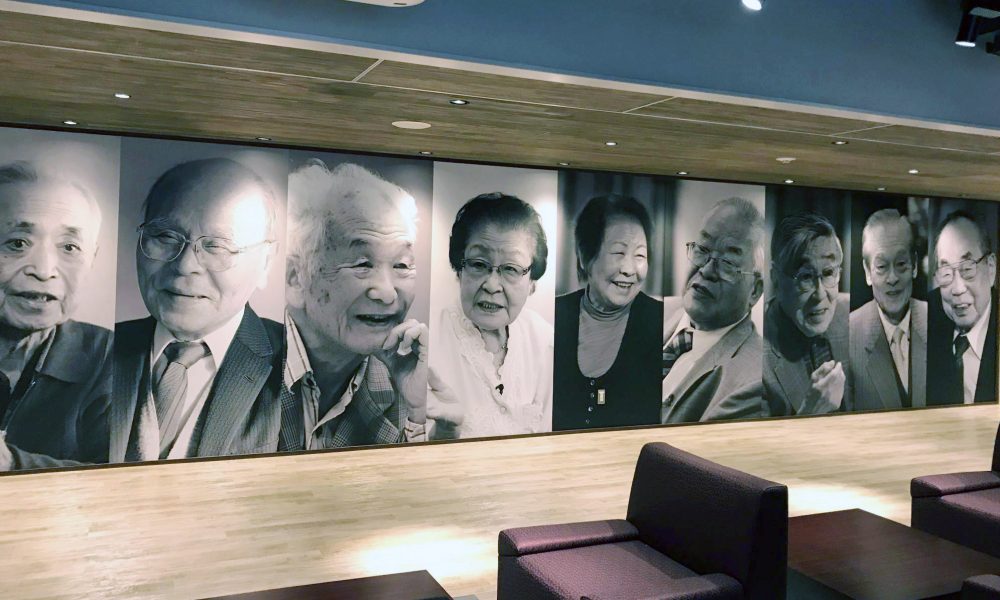
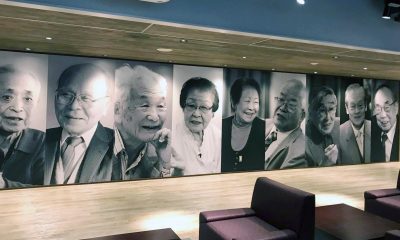

The role of the Tokyo-based Industrial Heritage Information Center is to provide accurate primary sources and testimonies. We have no intention of changing this principle.



“Instead of pointing out those errors, we think it is important to release primary materials,” says the Center’s director, hoping individuals will take time to consider...
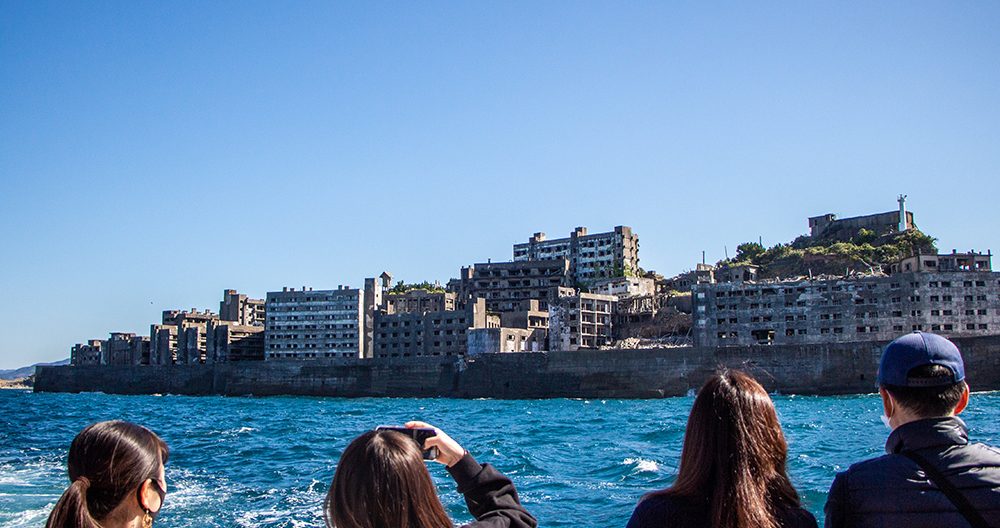
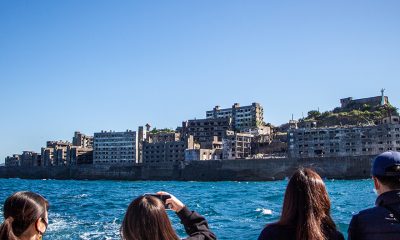

Those with a penchant for urban exploration should take a Gunkanjima Cruise out of Nagasaki City to witness the crumbling former coal mining island for themselves....



A Korean publisher claims it’s permissible to use misleading illustrations of Gunkanjima “for fiction,” but presents the book as if it’s a true story to sway...
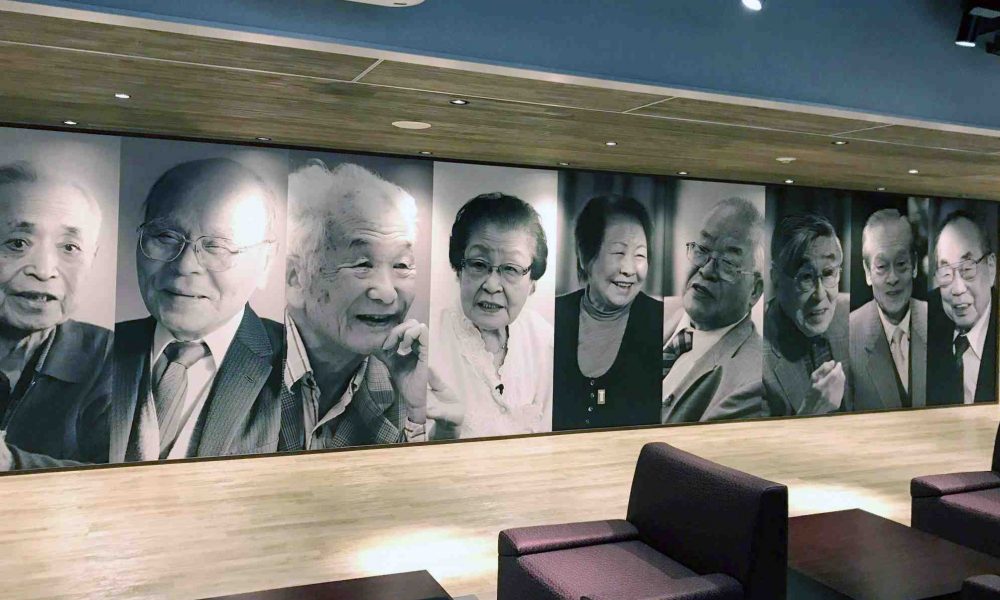
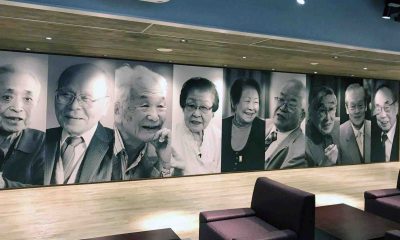

“Ignoring these fake claims is the same as defiling the name of our ancestors who built the prosperity of our hometown. We wouldn’t be able to...
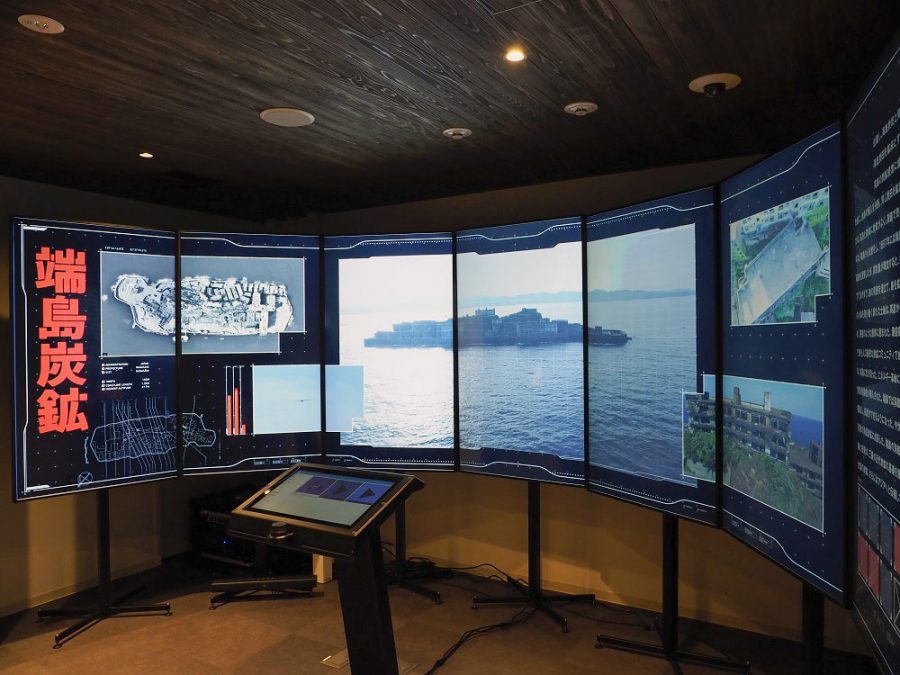


Among other things, leaflets the South Korean government distributed to UNESCO with the aim of discrediting Japan, and using photos of Japanese workers in Hokkaido, with...
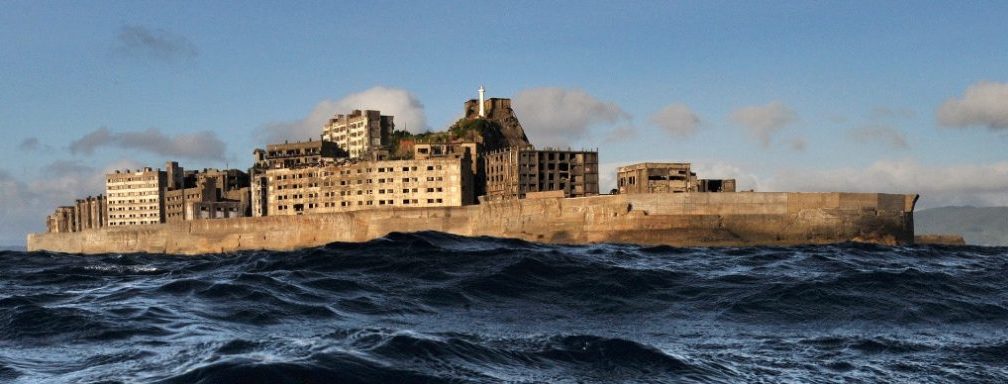

Both Japanese and people from the Korean Peninsula worked in the coal mines in the war era, risking their lives. Now there is a museum to...


Despite the 1965 Agreement and payments to mobilized laborers, anti-Japan activists, including Japanese lawyers and extremist labor union members, have traveled to South Korea since the...
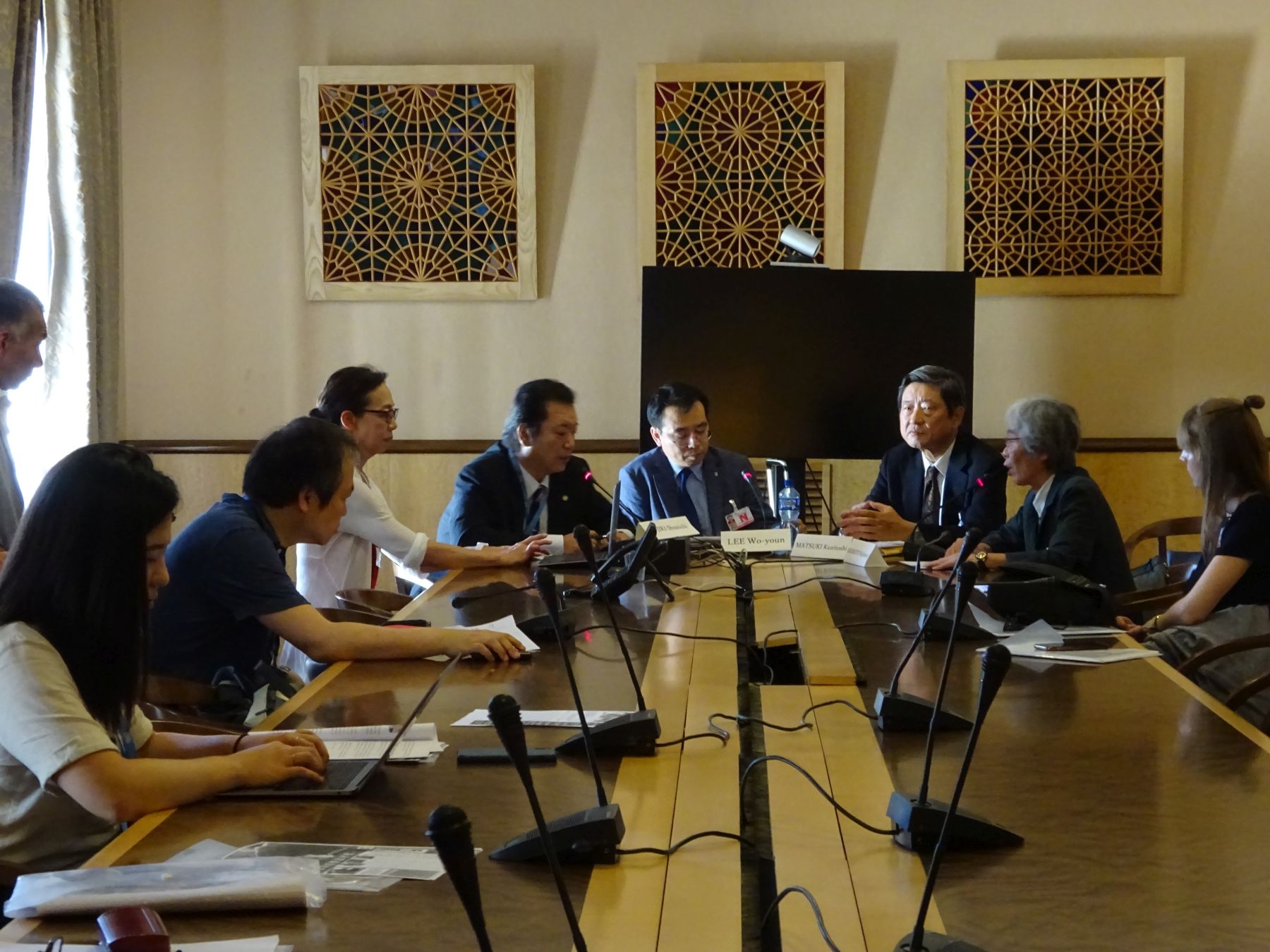


In their 1965 treaty, claims settlement agreement and restoration of diplomatic relations, South Korea called for all compensation from Japan to wartime laborers, to be paid...
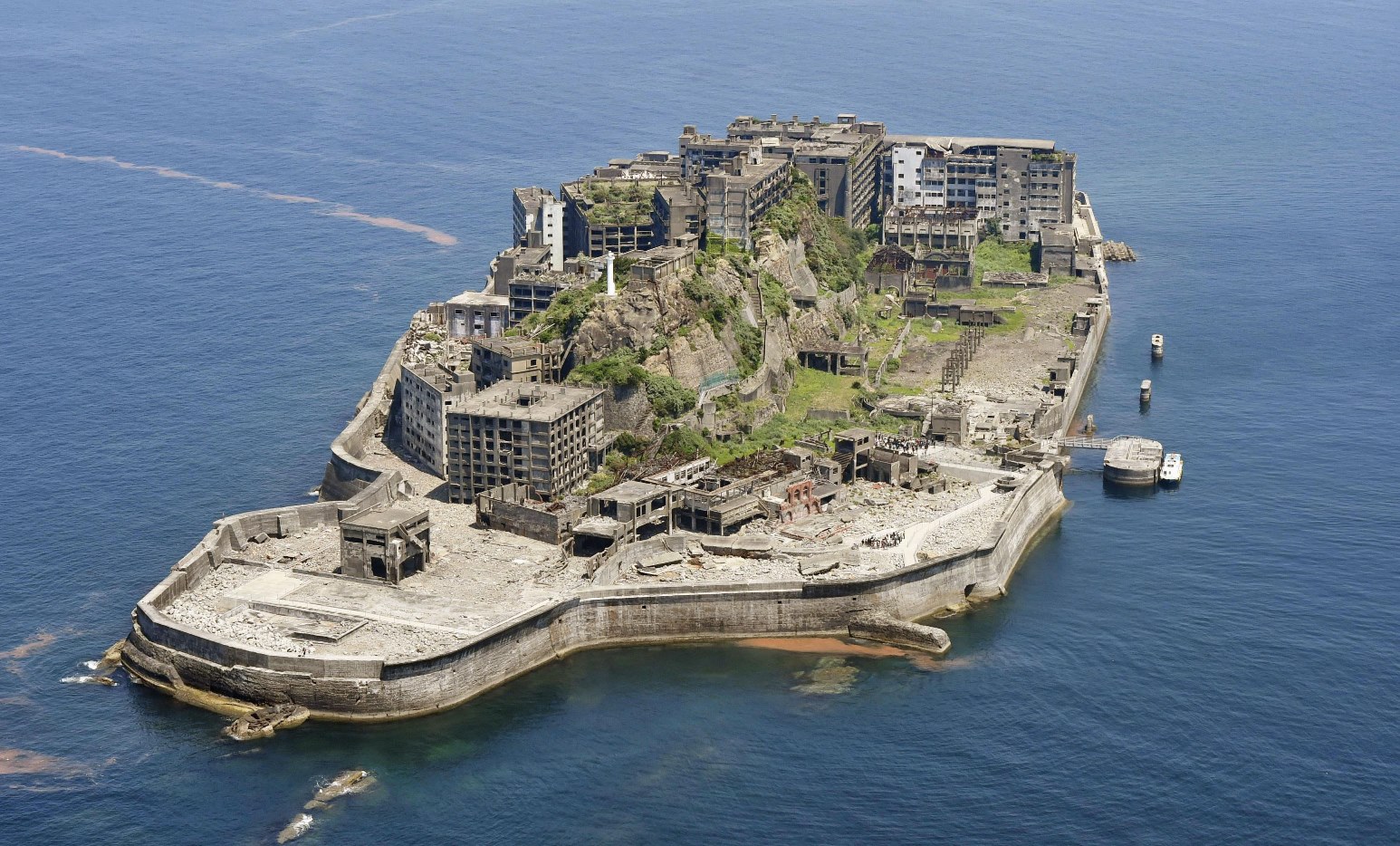

The stories told by these statistics reveal the reality of wartime laborer, which differs dramatically from the claims of capture and forced labor, or slave labor,...